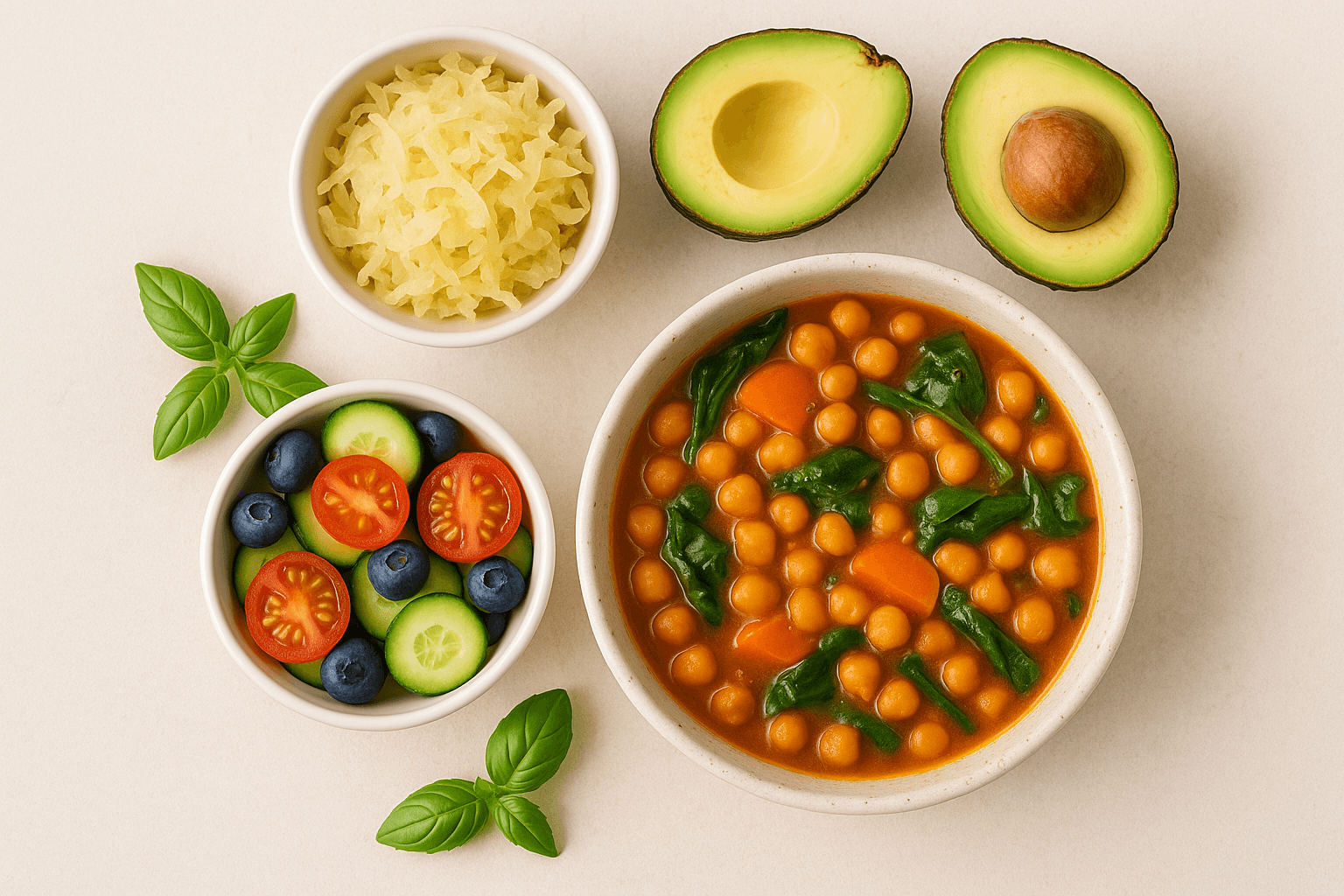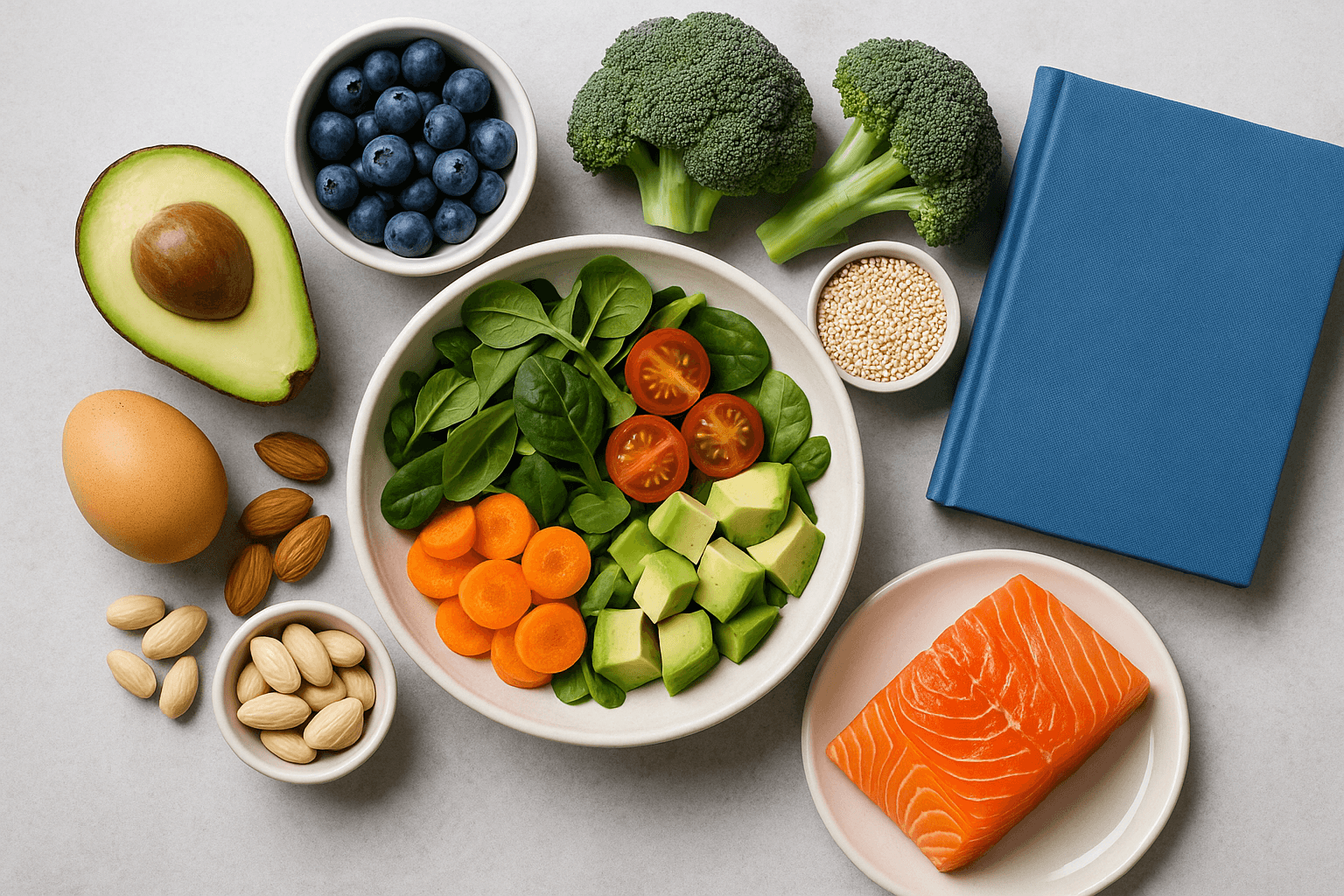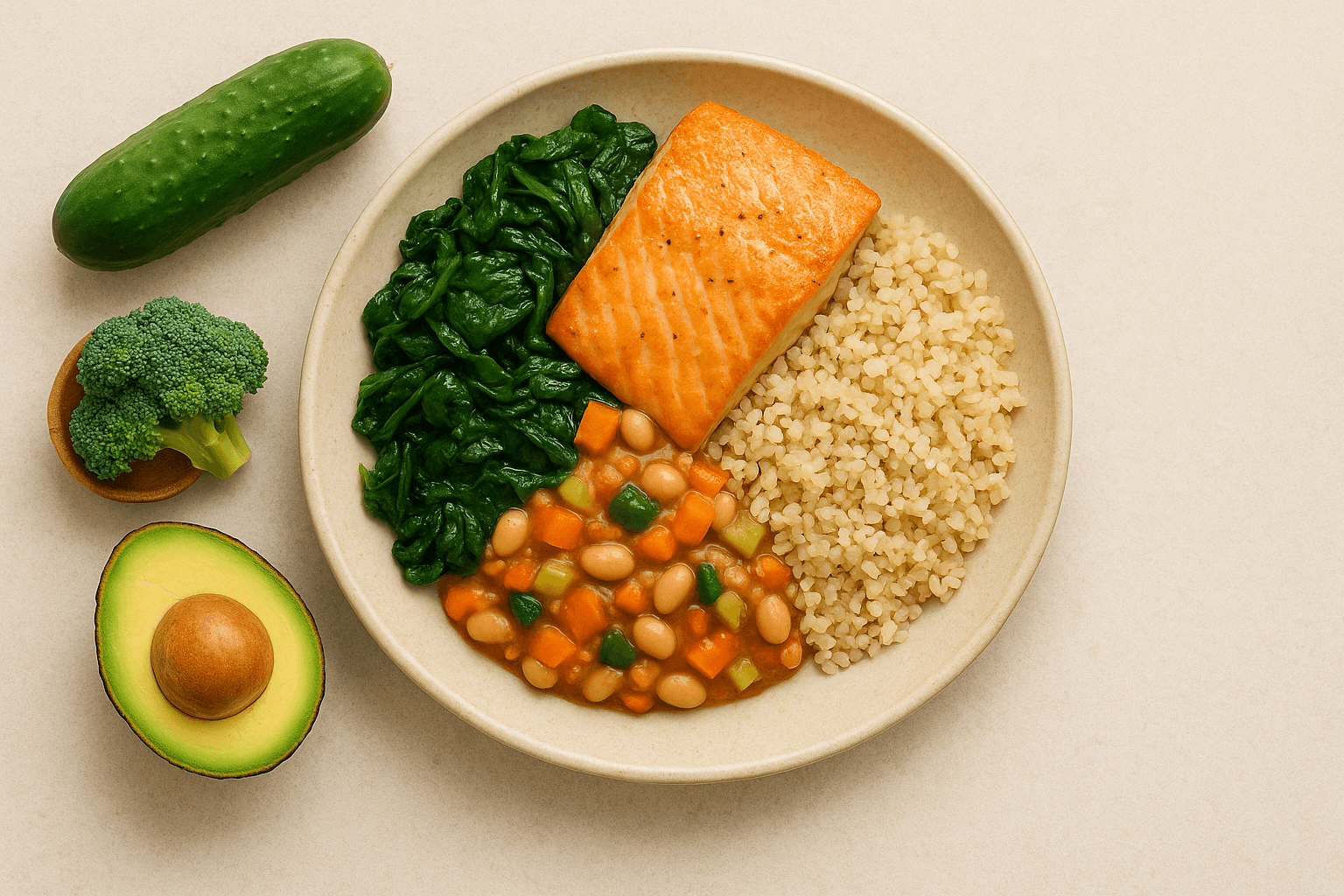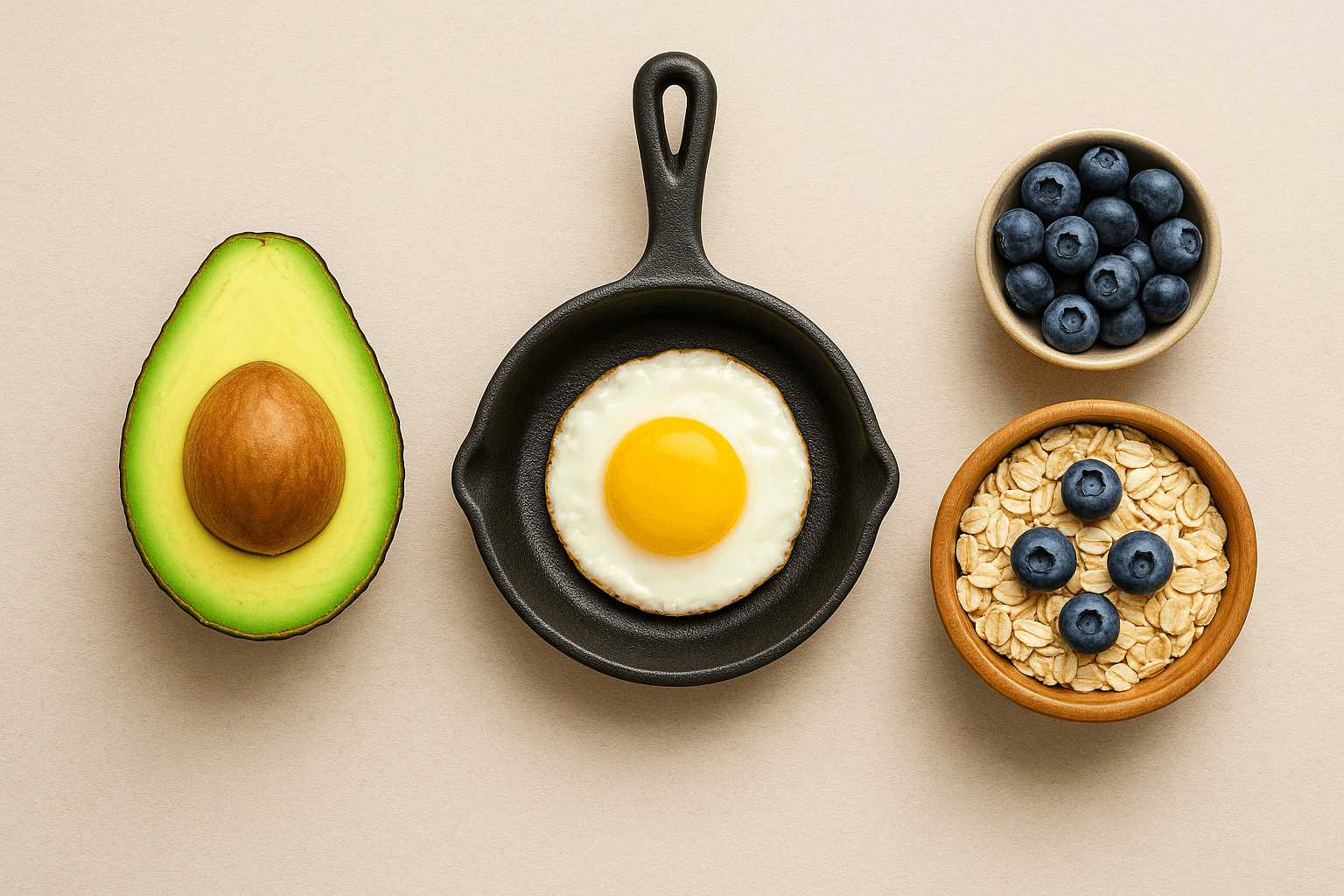Eat Like You Mean It: The Ultimate Guide to Smart, Simple, Sustainable Meal Planning
Published on August 26, 2025
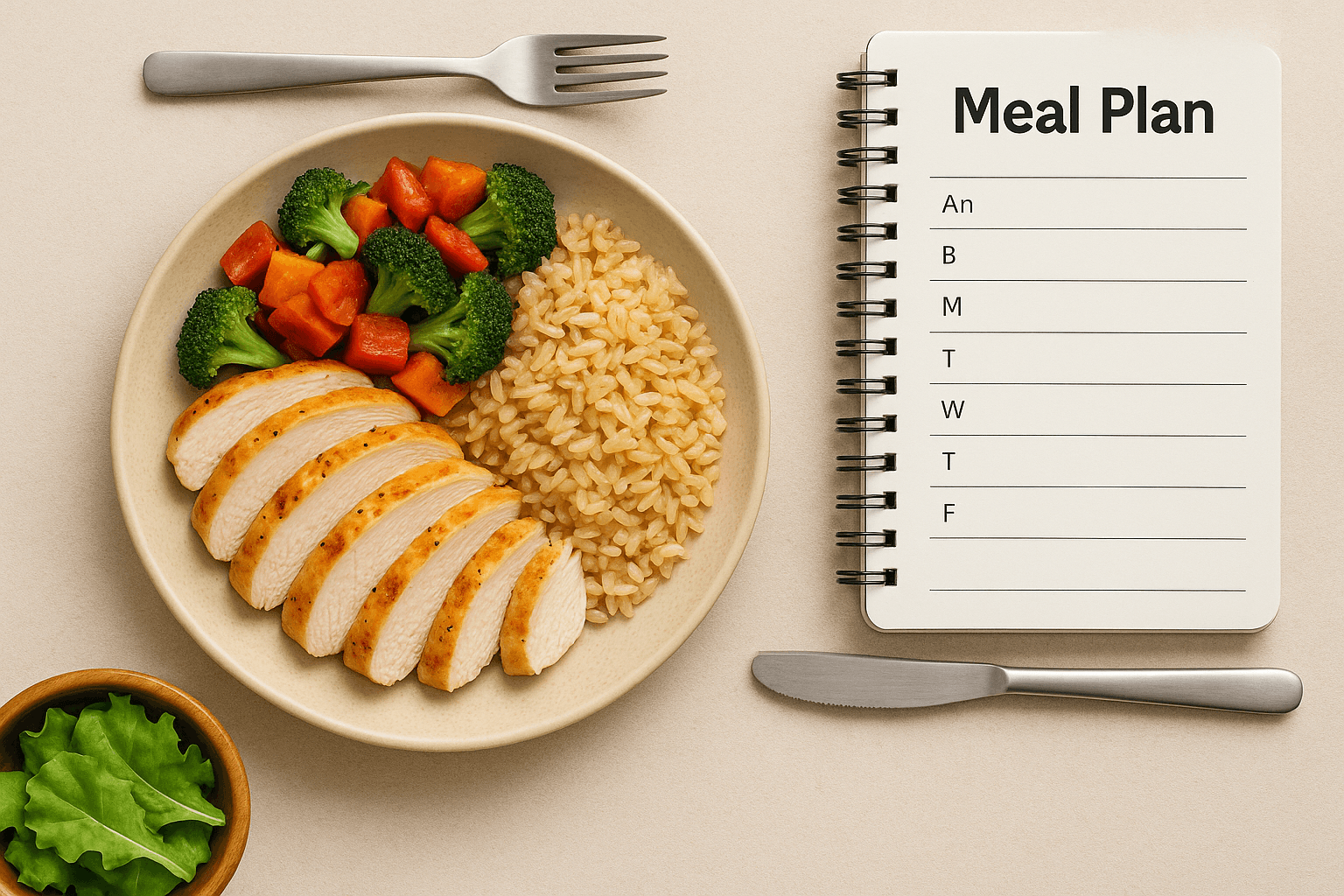
Meal planning is not synonymous with bland dieting or sensor overload. It’s about setting structure without being too rigid. Freedom without chaos. Simplicity with strategy.
When properly done, meal planning is among the most powerful tools for:
Establishing metabolic flexibility
Ideal for digestion, energy, and long-term goals
Minimizing food waste and decision fatigue
Making nutrient-dense choices automatic, not exhausting
This guide includes:
Why most of us suck at meal planning (and how to fix it)
How to create a flexible meal rhythm that you actually like
The nutritional information that underpins every great plan
Sample structures, habits and systems for real life
Why Most Meal Plans Fail (And What to Do Instead)
Here’s where it usually falls apart:
It’s TOO RIGID: strict meals without flexibility
It’s overzealous: fancy dishes, batch-cooking overload
It ignores biofeedback: energy, mood, digestion
It’s not rhythmic: it’s reactive instead of proactive
What good planning actually looks like:
Regular breakfasts, lunches and dinners that you cycle
Loose themes (“salmon night,” “bowl night”)
Go-to meals that solve a need fast
Flexibility to pivot based on hunger, time, or mood
Meal planning isn’t a diet. It’s scaffolding for clarity and consistency.
Create Your Meal Rhythm: The Simplicity That Works
Start with your daily rhythm:
2 or 3 meals a day — most thrive on 3 meals or 2 in a tight window
Snacks — ideally no snacks; if needed, protein-fat-fiber combo
Evening vs morning prep — prep to match your flow
Sample base meal structure
Breakfasts:
Berries + chia-seed pudding with collagen
Avocado toast on seed bread + eggs
Protein smoothie (greens, flax, nut butter)
Lunches:
Nourish bowl (greens + protein + roasted veg + tahini)
Soup + salad + seeds
Leftovers + fresh side
Dinners (themes):
Monday: salmon
Tuesday: lentil stew or veggie curry
Wednesday: stir-fry + rice or cauli rice
Thursday: crockpot or sheet-pan meal
Friday: comfort bowl or gluten-free pizza
Grocery Systems That Automate Meal Planning
3-list grocery system:
Basics: almonds, eggs, greens, onions, garlic, lemon, olive oil, bone broth
Weekly proteins + 3–4 seasonal veg
Flavor add-ons: dips, sauces, toppings
Weekly batch system:
Protein batch: roast salmon, boil eggs, cook lentils
Veg batch: roasted broccoli, carrots, sweet potato
Sauce prep: tahini-lemon, avocado salsa, pesto
The Psychology of ‘Enough’
Overplanning leads to burnout.
Mental reframes:
A good plan isn’t perfect — it’s reliable
Food is information, not judgment
You don’t need 100% perfection — just consistency
Build identity:
“I eat to feel clear and calm.”
“I value rhythm over novelty.”
“I eat with intention, not rules.”
Micro-Planning for Real Life
Keep fallback options:
Frozen protein + veg combo
Emergency shelf meal (canned salmon, sauerkraut, flax crackers)
Base + topper: steamed veg + protein + sauce or seeds
How to Make Meal Planning a Ritual
Rituals and rhythm:
Sunday AM: plan 3 dinners + 3 lunches (20 min)
Sunday PM: 1-hour batch cook with music
Wednesday: perishables refresh + new sauce
Make it visible, not digital: chalkboard or sticky note
Sample Weekly Blueprint (5 Days)
Monday: stir-fry (pork + 3 veg + coconut aminos)
Tuesday: bowl night (quinoa + greens + tahini sauce)
Wednesday: wild salmon + broccoli purée + lemon oil
Thursday: leftovers remix (taco, wrap, or skillet style)
Friday: comfort bowl or clean pizza night
Easy rotation:
Choose 3 breakfasts, 3 lunches, 4 dinners you love
Repeat + mix 2–3 weeks
Try one new recipe/month to avoid boredom
Planning as Self-Respect
Meal planning is not control — it’s clarity.
It’s how you say:
“My energy matters.”
“My clarity matters.”
“I deserve to eat like I give a damn.”
So no, it doesn’t need to be perfect. It needs to work — for you.
Simple. Strategic. Sustainable.
Start with your next plate.



